Photon Lines offers a broad range of Hyperspectral Imaging (HSI) solutions,
Resonon’s hyperspectral cameras are pushbroom imagers that scan the visible, ultraviolet, and near-infrared spectral ranges. They are rugged and cost-effective, have high precision, low distortion, low stray light, and excellent image quality.
Telops take over from Resonon when the wavelength region of interest moves to wavelengths between 3 and 13.5 microns, with applications which include real-time detection and identification of methane (CH4) gas leaks and emissions and volcanology research, to name just two.
Both Resonon and Telops offer systems which include laboratory benchtop system, tripod-based outdoor field system, and airborne remote sensing systems. Resonon’s offerings are also being used very effectively in machine vision and optical sorting applications.
Control Software packages for both companies’ hyperspectral cameras are sophisticated and user friendly, making them the systems of choice for researchers from all over the world. For example, Telops’s Hyper-Cam LW & Reveal D&I Software provide real-time chemical imaging.
Telops uses an interferometric technique in their long wave systems, to achieve the best spectral resolution on the market. Their Hyper-Cam is an advanced passive infrared hyperspectral imaging system that combines high spatial and spectral resolution. It provides real-time radiometrically calibrated data for gas and solid detection and identification. The system uses a Michelson interferometer to enable the spectral features of gases and solids to be obtained by modulating the incoming infrared radiation from the scene. A high resolution spectrum is then recorded at each pixel of a focal plane array (FPA) detector. By comparing a measured spectrum with reference spectral signatures of known gases and solids, the constituents of a target can be easily identified
Showing all 11 results
-
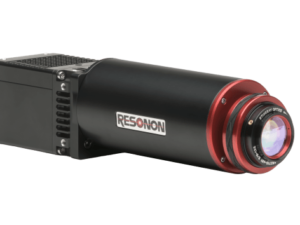
Pika IR-L
Read more -

Pika IR-L+
Read more -
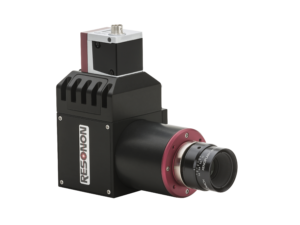
Pika L Hyperspectral Camera
Read more -
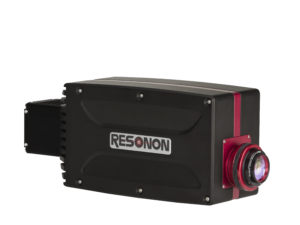
Pika IR Hyperspectral Camera
Read more -
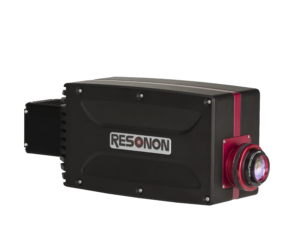
Pika IR+ Hyperspectral Camera
Read more -
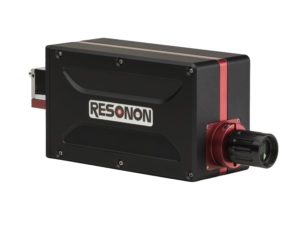
Pika UV Hyperspectral Camera
Read more -
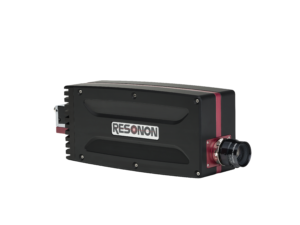
Pika XC2 Hyperspectral Camera
Read more -
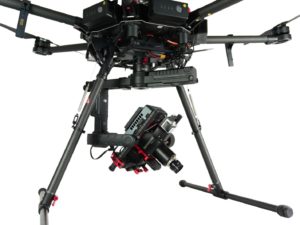
Resonon Airborne Remote Sensing System
Read more -

Resonon Hyperspectral Cameras
Read more -
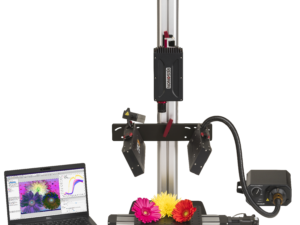
Resonon Benchtop System
Read more -
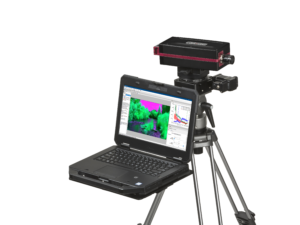
Resonon Outdoor Field System
Read more



